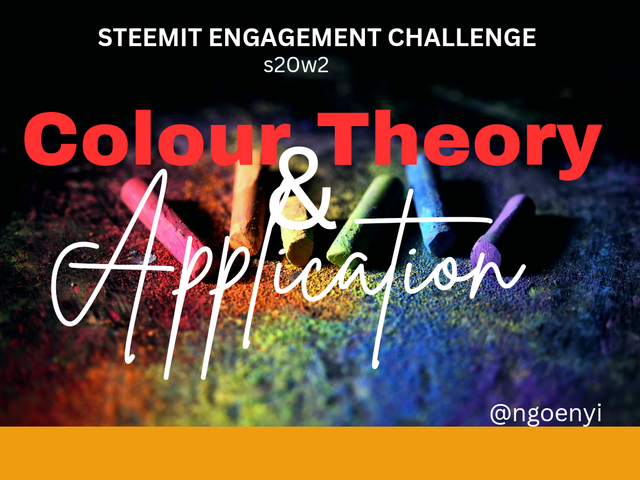
Learning is fun! Joining this graphic design class has really thought me a lot. It has revealed all that I have been doing without knowing the meaning and has also thought me new things. Last week's class was just a begining.
I am set to keep learning. I have studied and carried out all assignments for this week #2. I present them below as requested by @lhorgic. If you missed it, here is the lesson post
Discuss Colour Theory according to the way you understand it.
My people say that when food is presented, the eye will always be the first to taste the food before the mouth.
Yes, when the eye sees anything first, it is either attracted to us or detracts. And that is the more reason why colour comes in. In the days of black and white television, we knew how we struggled to differentiate the objects displayed. Everything seems the same and because we didn't have options, we had to watch them that way whether we enjoyed them or not.
But with the advent of colours and then colour television, viewing became interesting as we can easily distinguish the objects.
The same is true with graphic designs made. Colour adds to the beauty of designs and the message that is intended to get to the viewers are easily communicated when the right colours are combined. We want our audience to easily see through our designs and get the message we are trying to pass across. Having the basic knowledge of colour theory becomes very important if we are to succeed.
Hence, colour theory or traditional colour theory is a set of principles that are applied when trying to combine colours in a design so as to achieve a homogeneous combination of colours that will be appealing and pleasing to the eye and at the same time pass on the intended message to the target audience by keeping their eyes glued to it. Out of the 3 primary colours which are red, yellow and blue, we can form 3 secondary colours which are purple, green and orange. And when you talk of the tertiary colours, it becomes a little complicated because, it is the combination of the right primary colours and the right secondary colours that gives rise to the tertiary colours. Keeping in mind the colours you want to achieve determines the colours to combine of the primary secondary colours.
For example, when you want to get violet, you will combine blue (primary colour) and purple (secondary colour) and that will be blue-purple. And so on.

We also need to keep in mind what we are trying to communicate to the audience. I mean what our design is meant to represent.
When trying to make a design for love, white and red easily comes to the mind and becomes the predominant colour ls in your design because that is what is known to be used in representing it. And same goes for any other ceremonies. For instance, when my country is celebrating her national ceremonies, the colour that easily comes to the mind is green and white, and the same goes for other countries. Imagine representing Nigeria with other colours other than what is she is known for. It will certainly be absurd.
Hence, it is proper to understand colour theory and make practise of it when combining colours.
Colour Scheme
Helps to know the relationship between colours in the colour wheel, this making it easier for one to know the colour to choose and combine with the other to give one what colour he or she needs.
The colour wheel is in circular form which places each colours side to the one it relates.

Colour scheme therefore is a group of colours that are combined in a practical design to achieve a purpose. The colour wheel places these colours in a way that picking from them becomes very easy following the scheme.
When looking for colours to combine, analogous colour scheme comes in handy as you don't need to look far to get it from the colour wheel. Look at the colour wheel below and see that there are 3 colours that are closely related. When you combine the 3 in your design, you will achieve something great that will be eye catching. I have indicated them on the image below
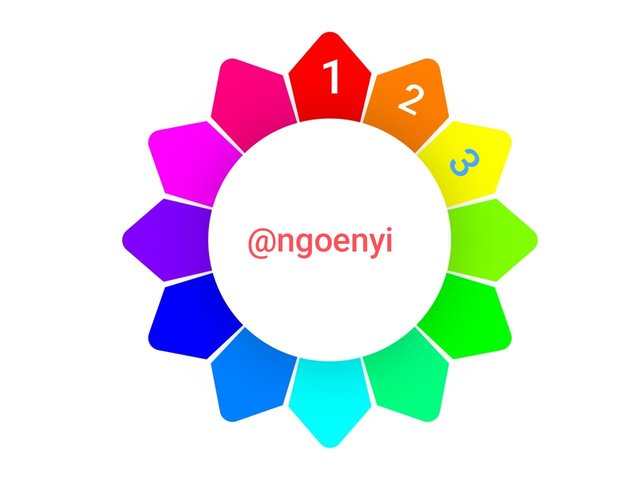 | 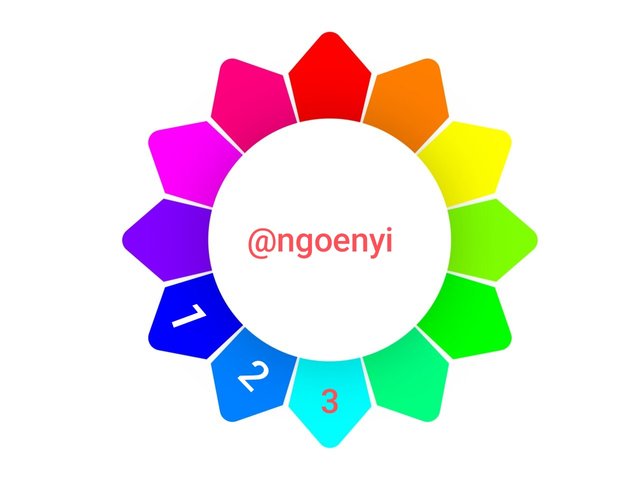 |
|---|
From the colour wheel above, you will see how I have indicated the 3 colours one can combine using the analogous color scheme. 1, 2, 3 has been used to indicate them. Combining the 3 of your choice as indicated will give you a wonderful result.
This scheme is gotten from the combination of colours that are 3 colours apart. This is to say that when you choose one particular colour, count 3 colours apart from that one you have chosen and then choose the next colour to combine with the first one. These colours are equilateral apart and can forms an equilateral triangle. The image below will explain it better
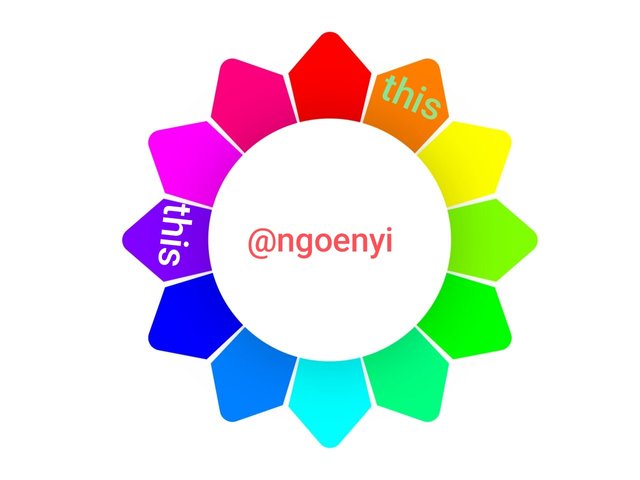 | 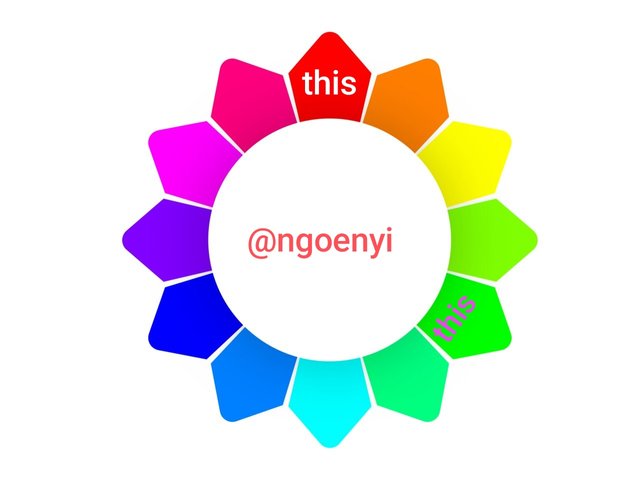 |
|---|
I have indicated the colours that fall under the triadic color scheme. Combining them will also give a wonderful result.
Demonstration of how to get my colour Hex from an external object using canva design app
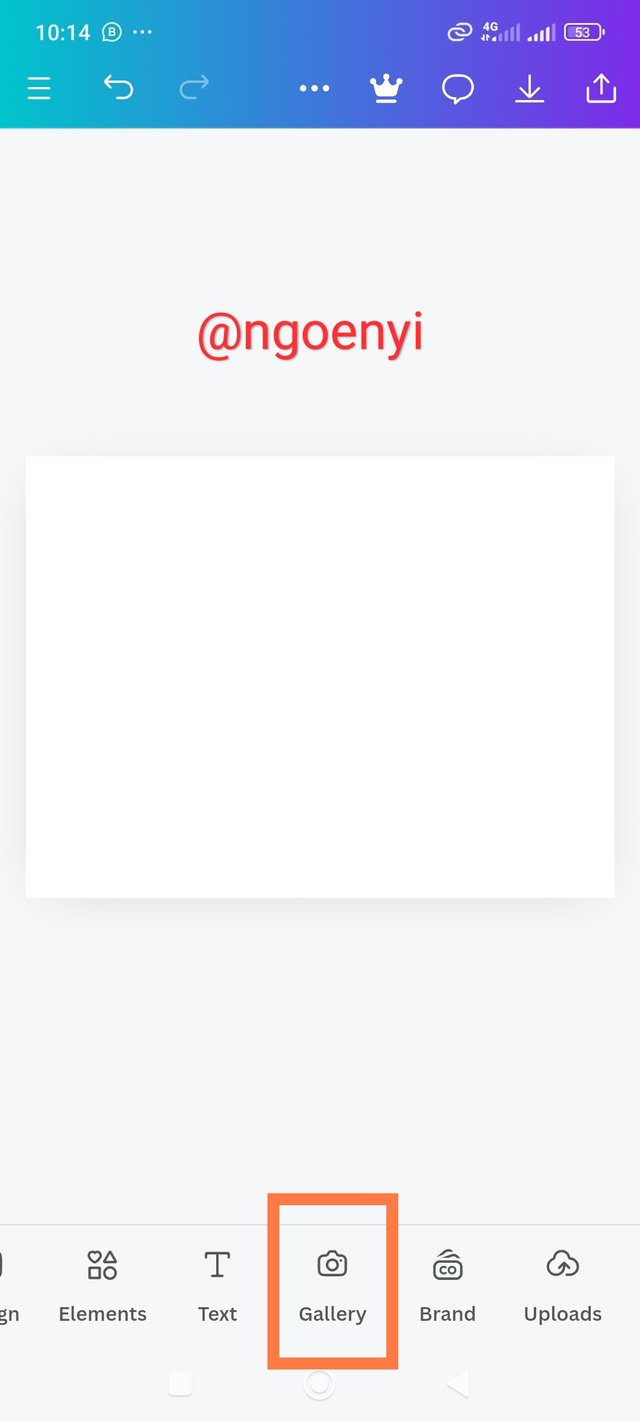 |  |  |
|---|---|---|
| Launched my canva design app and clicked gallery | I chose the upcoming fitness event design sent to me by the host | I clicked add to page |
 | 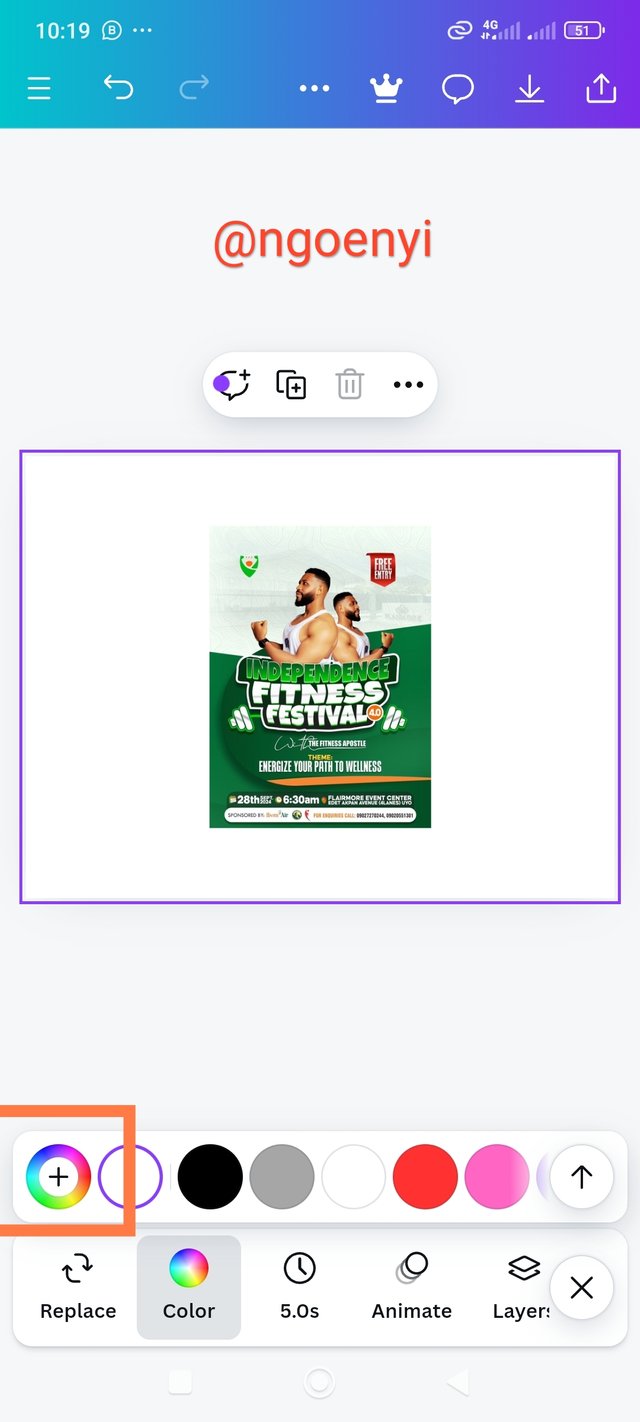 | 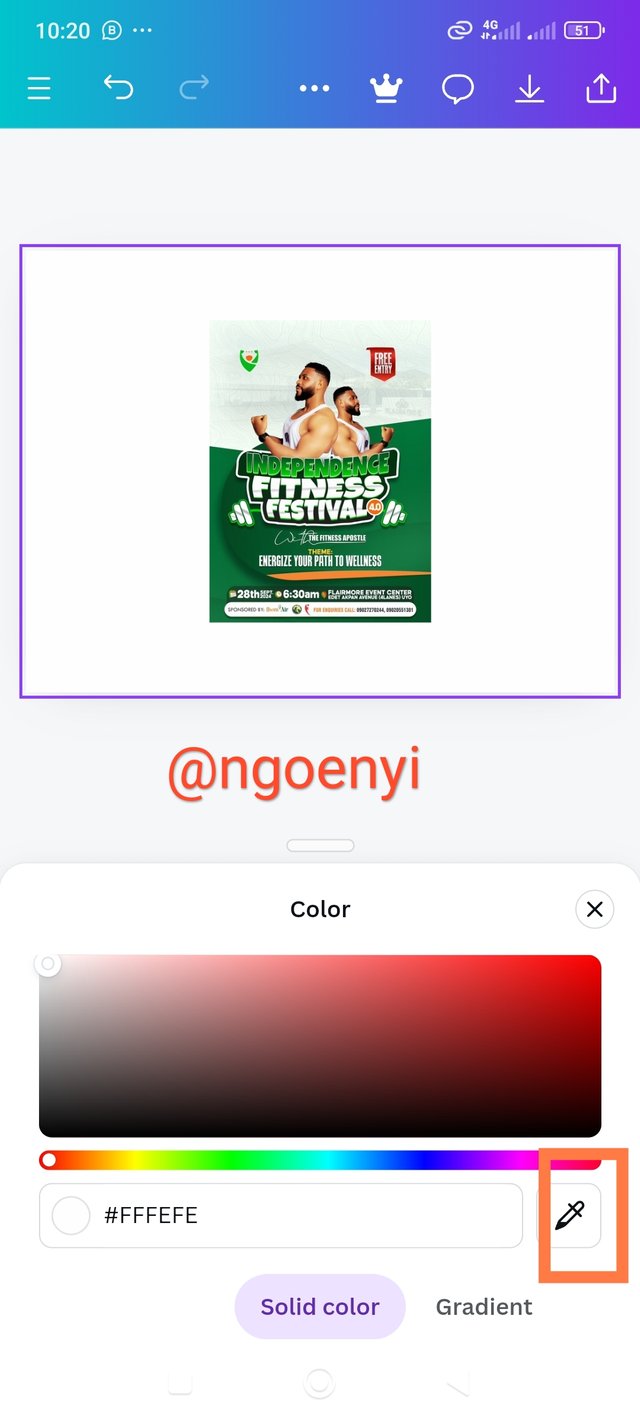 |
|---|---|---|
| I clicked on colour | then on colour wheel | and on colour picker |
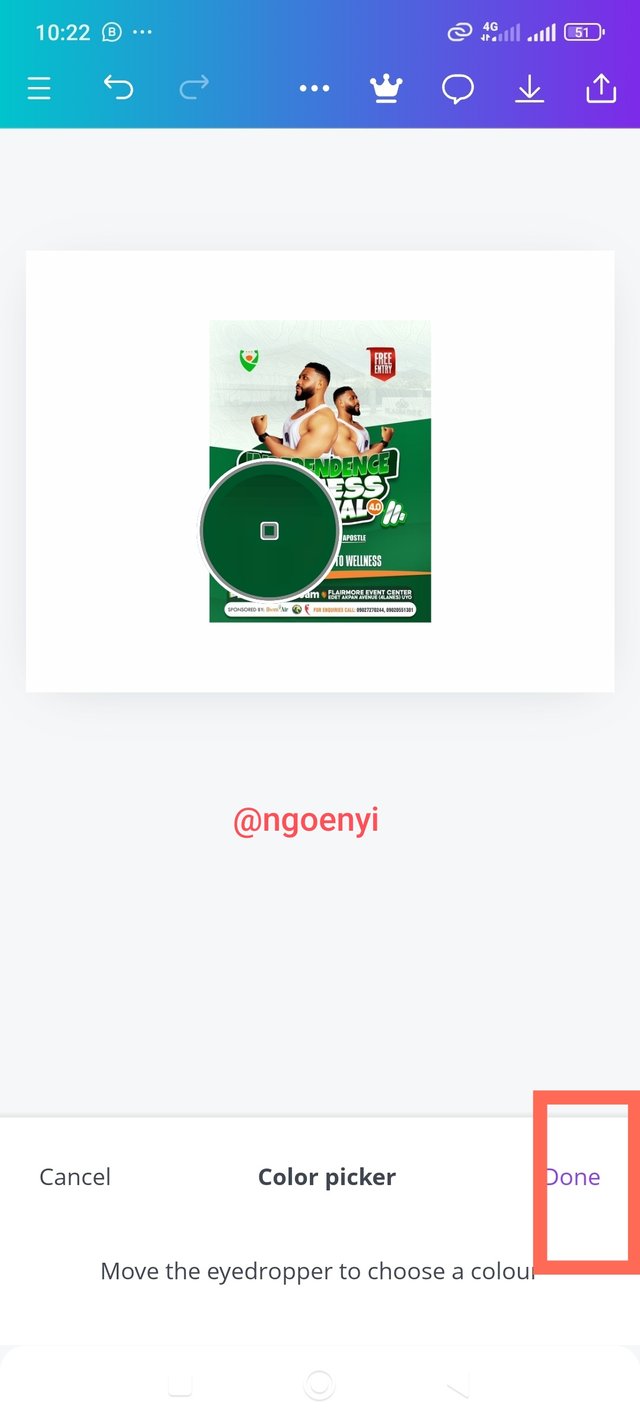 | 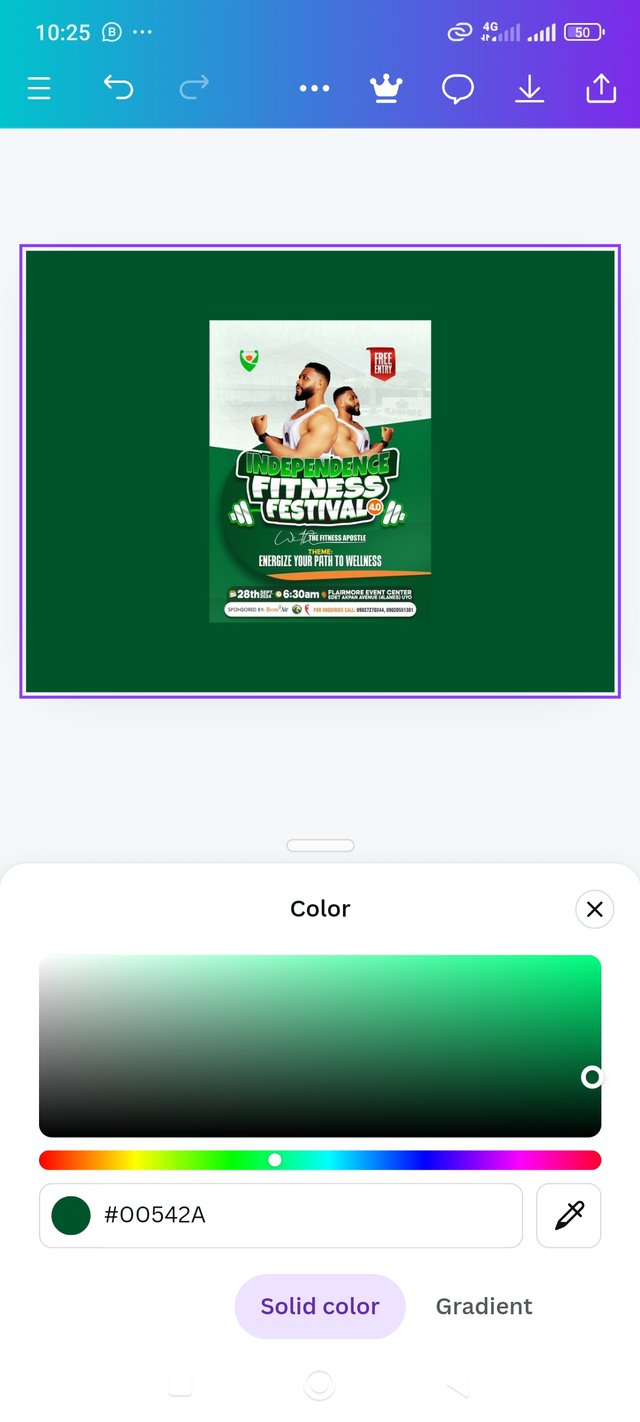 | 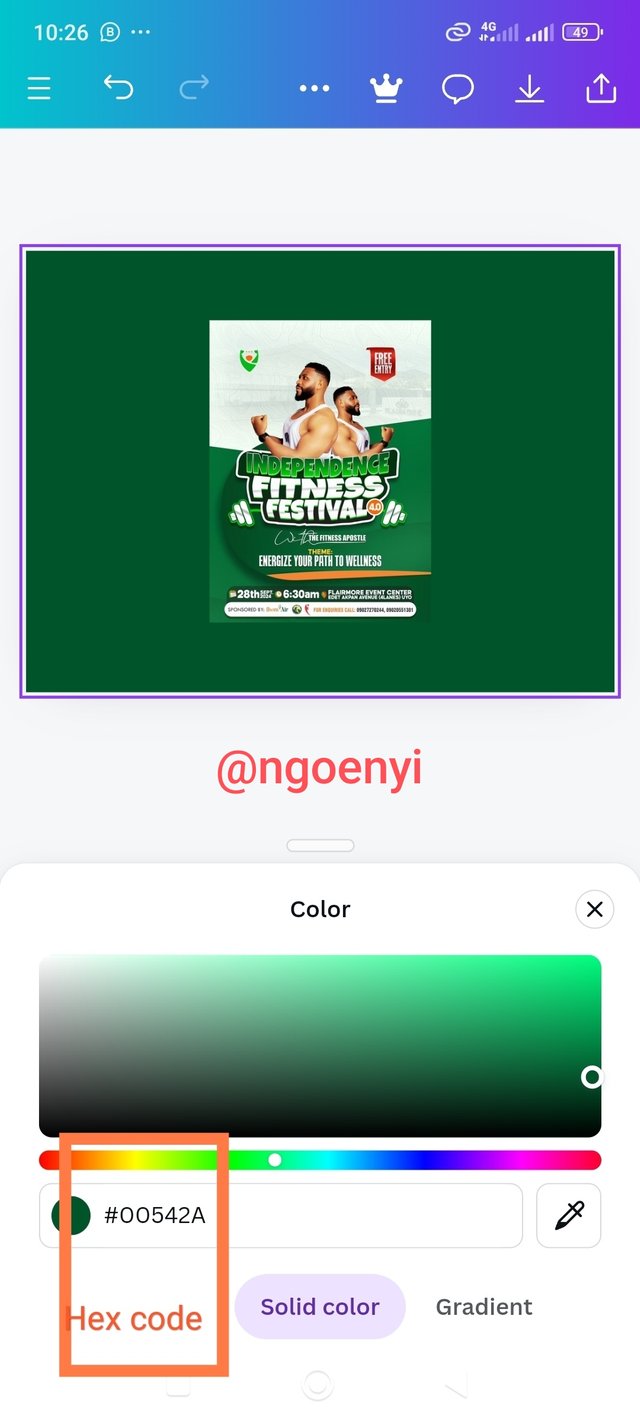 |
|---|---|---|
| I clicked on done to apply | here the colour is applied | here is the Hex code |
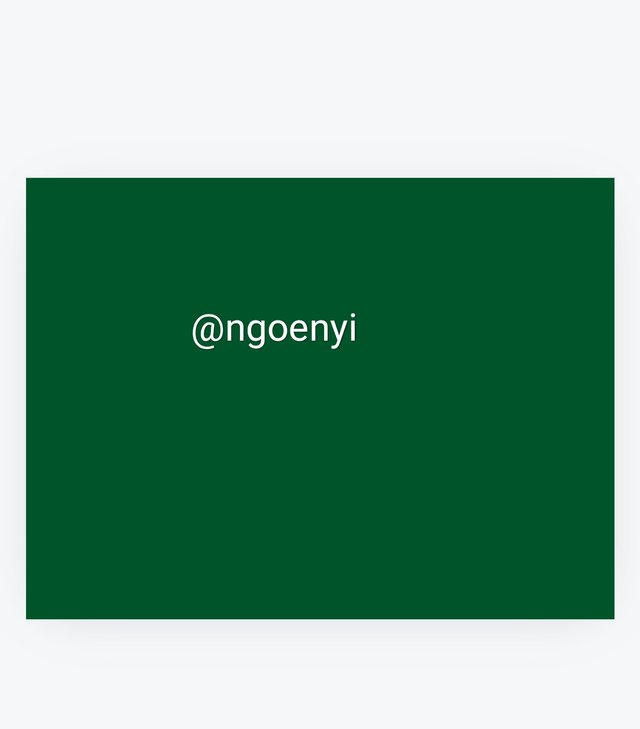 | here is the background colour which I can then use to make a design |
|---|
Getting the colours behind the hex colours : #f3ca20, #000000 and #ef9d10f
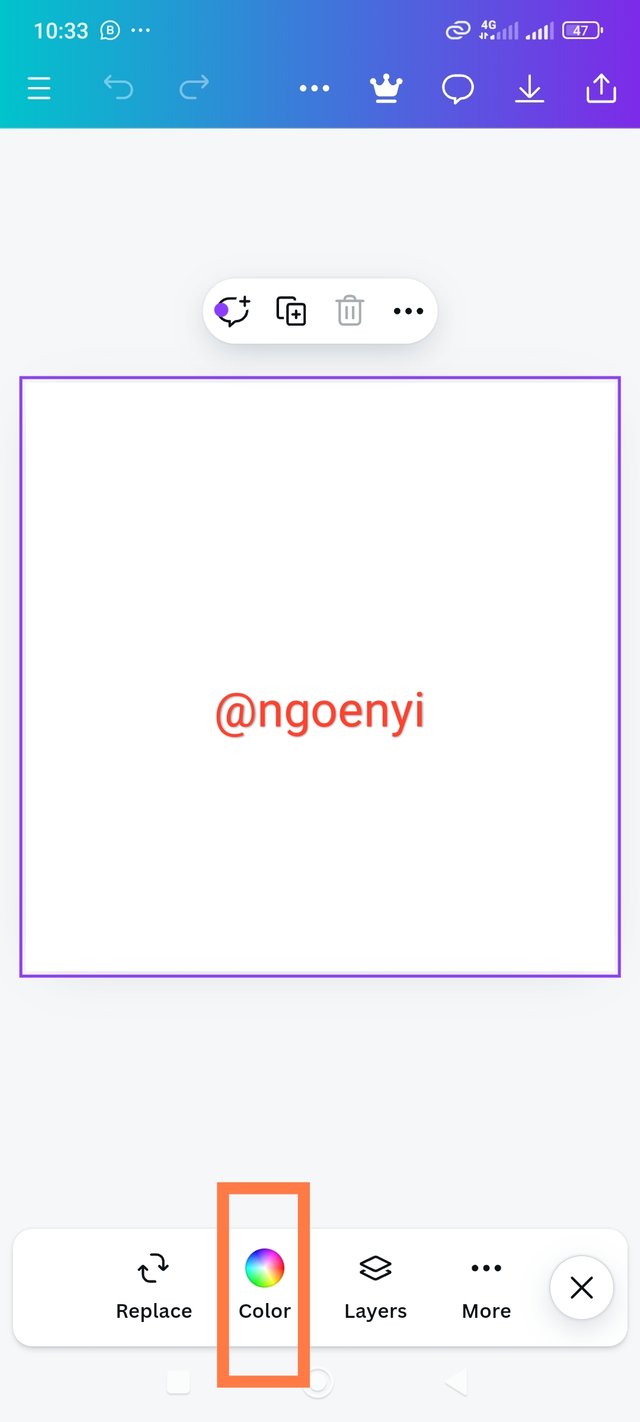 | 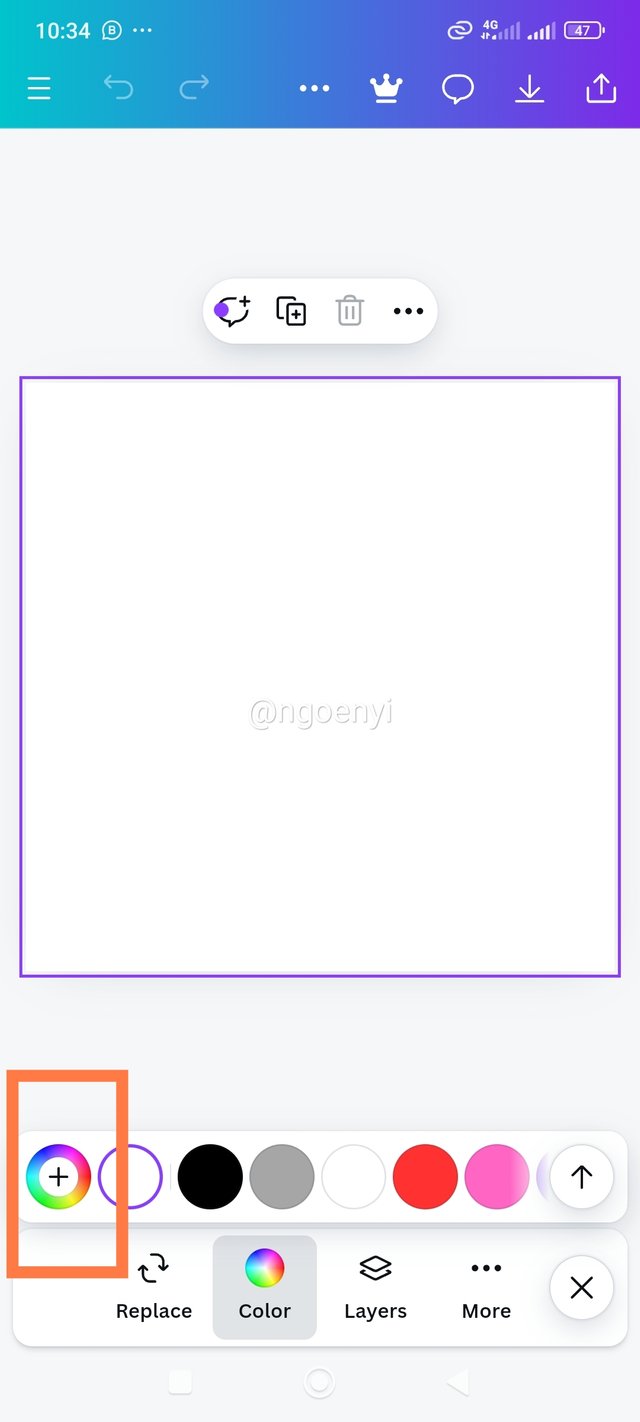 | 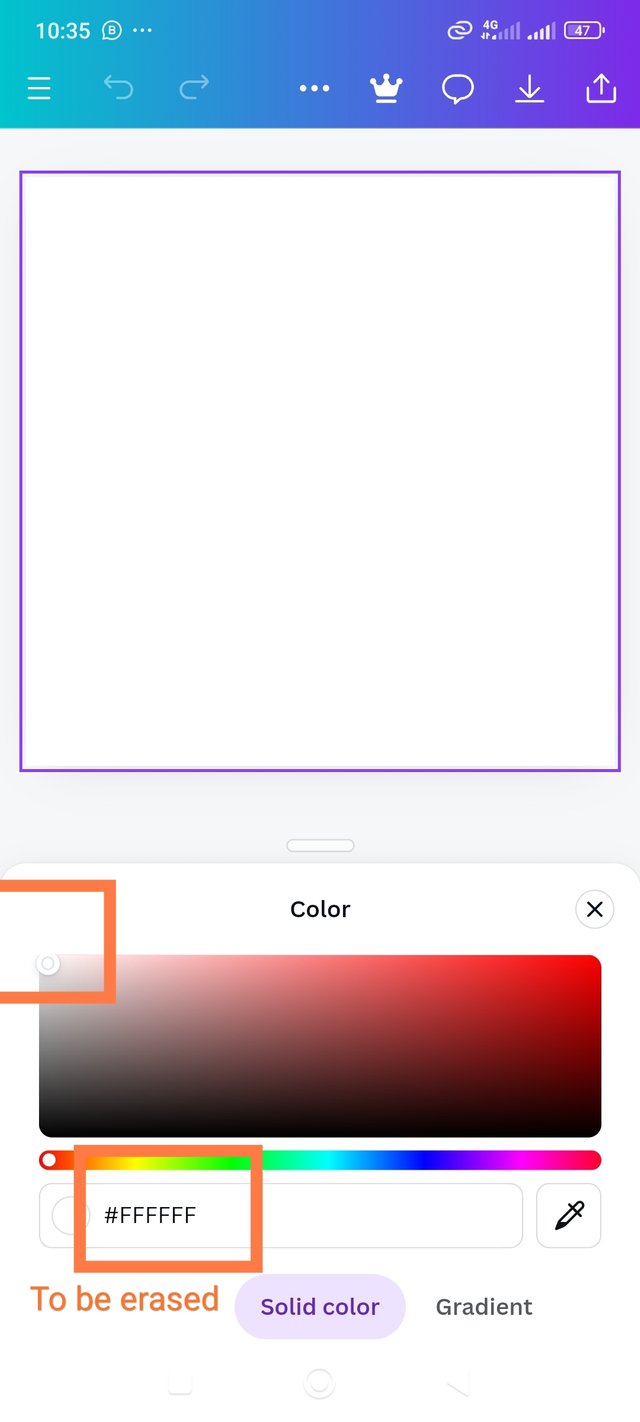 |
|---|---|---|
| Here, I launched my canva design app and clicked on the colour | I headed straight to the colour wheel | here I have indicated the default colour and the Hex code |
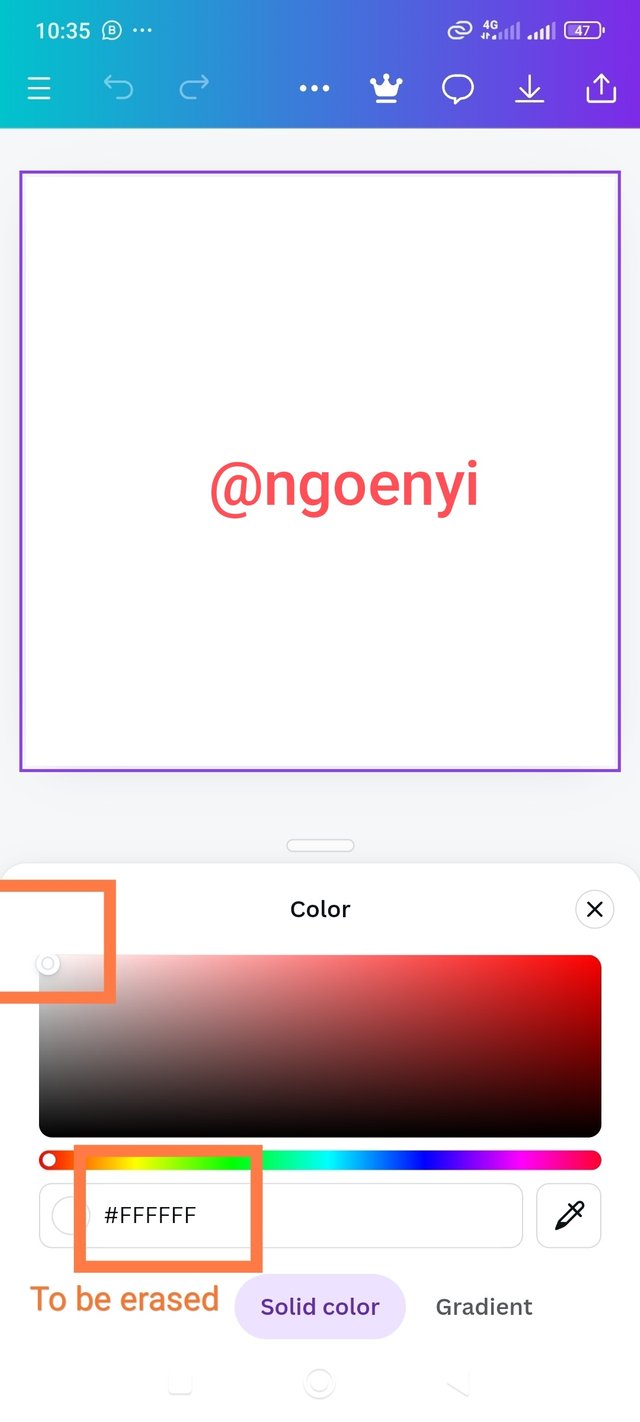 | 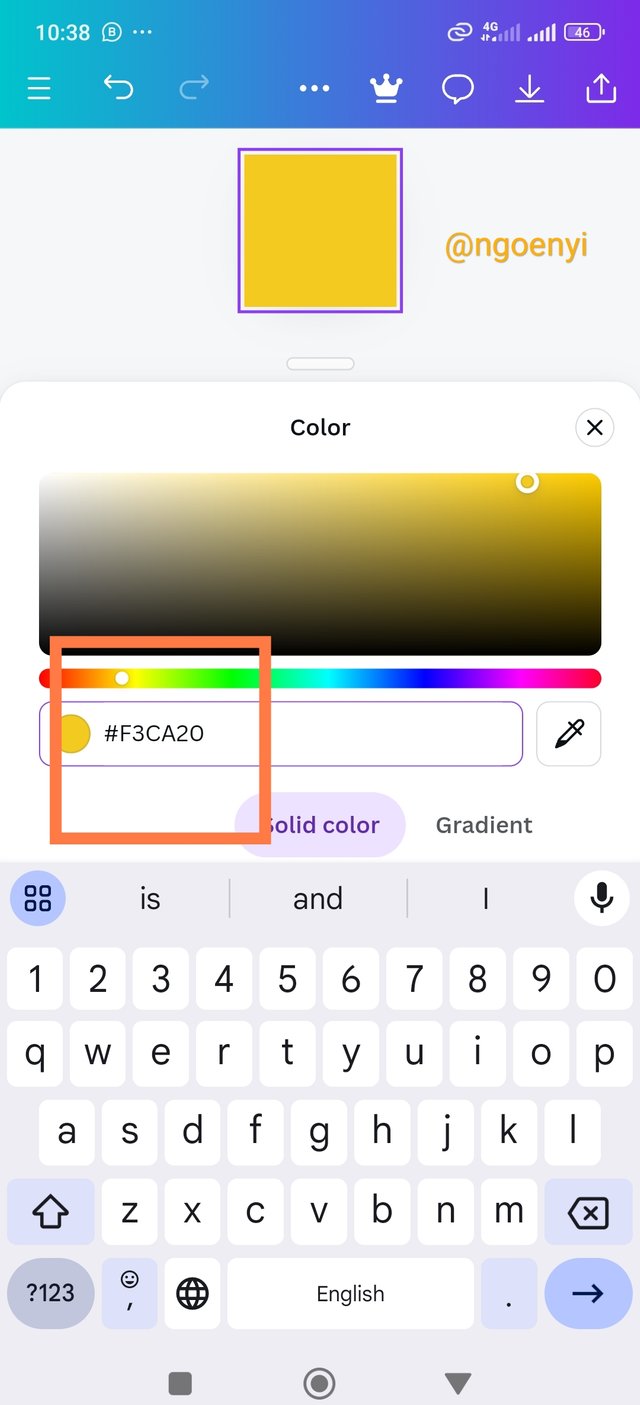 | 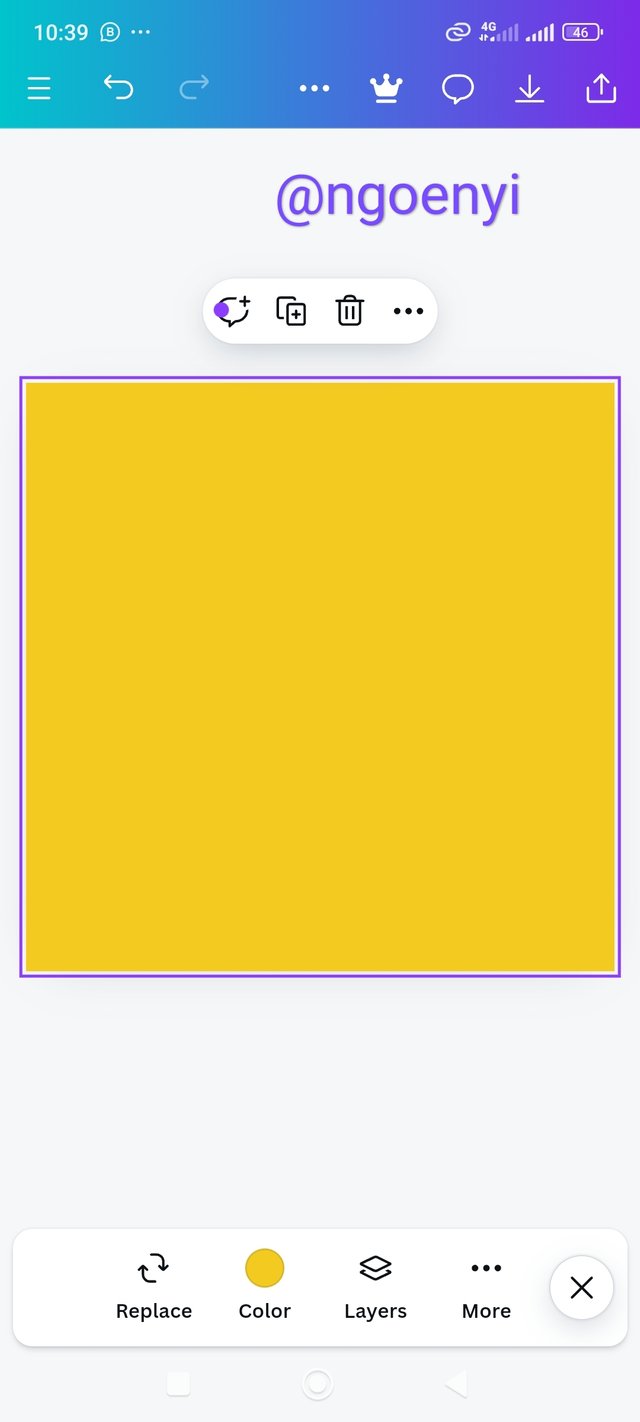 |
|---|---|---|
| Here, I erased the default colour code | I copied and pasted the hex code to find the colour behind it | here is the result |
 |  |  |
|---|---|---|
| Here, I also laughed my canva design app and clicked on colour | I clicked on colour wheel | the default colour appeared and I erased it |
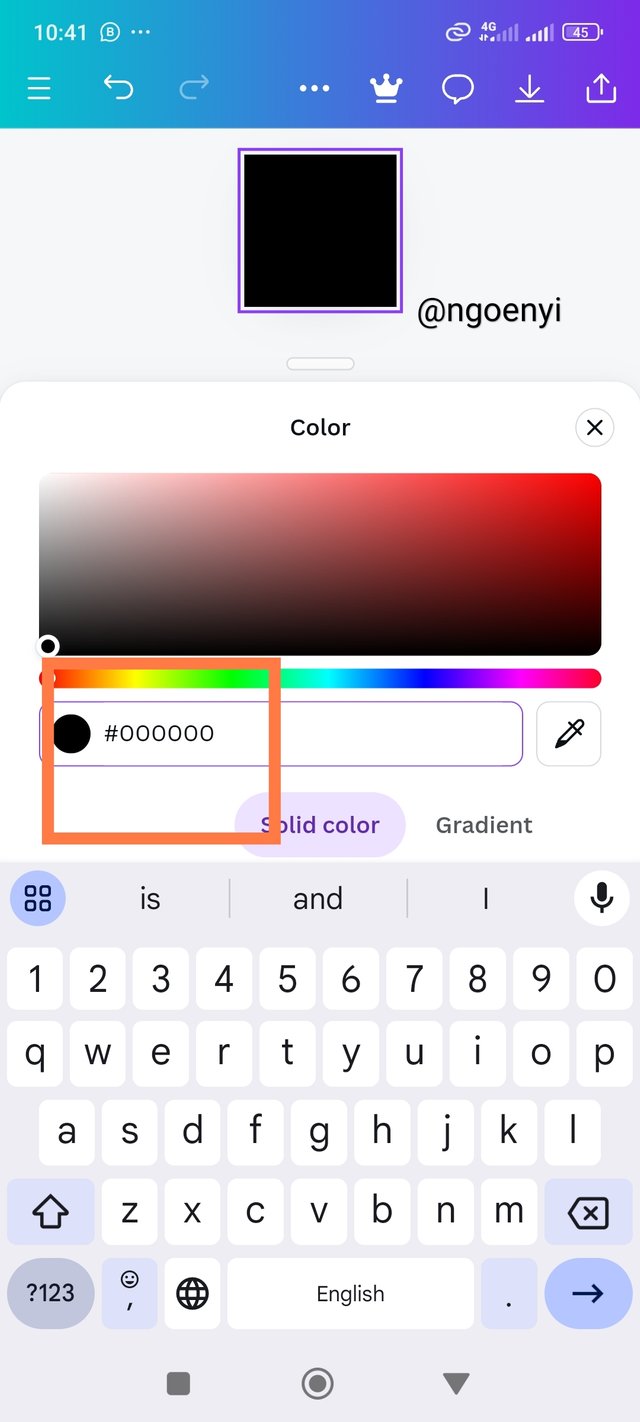 | 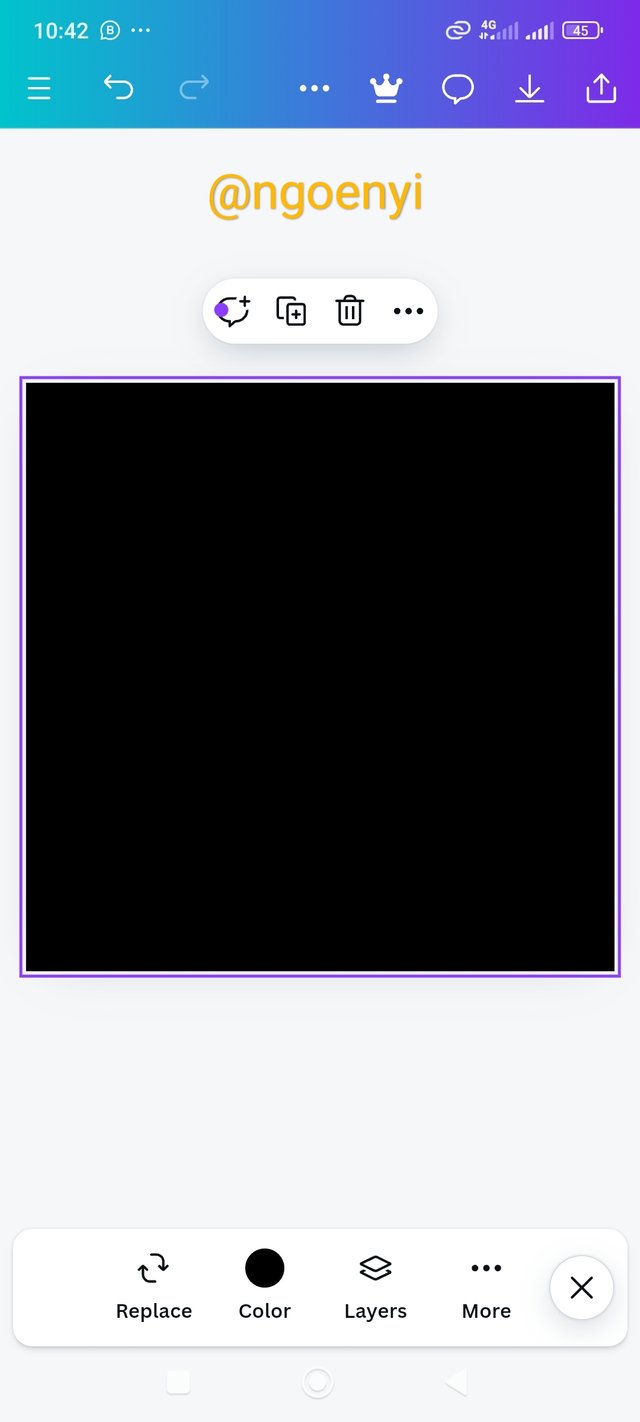 |
|---|---|
| Here, I copied the hex code that I and seeking to find the colour and pasted | then the colour appeared as shown |
 |  |  |
|---|---|---|
| Here, I launched my canva design app as before and went to the colour | I clicked on the colour wheel | the default colour Hex code appeared which I deleted |
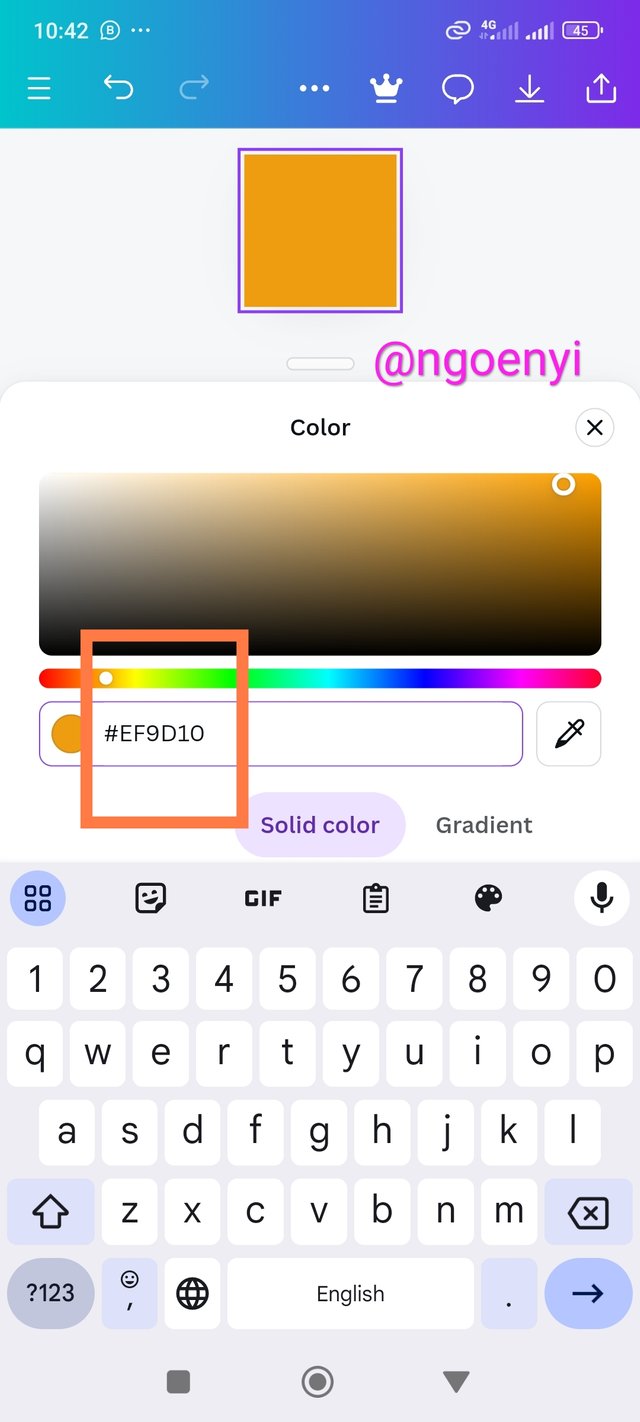 | 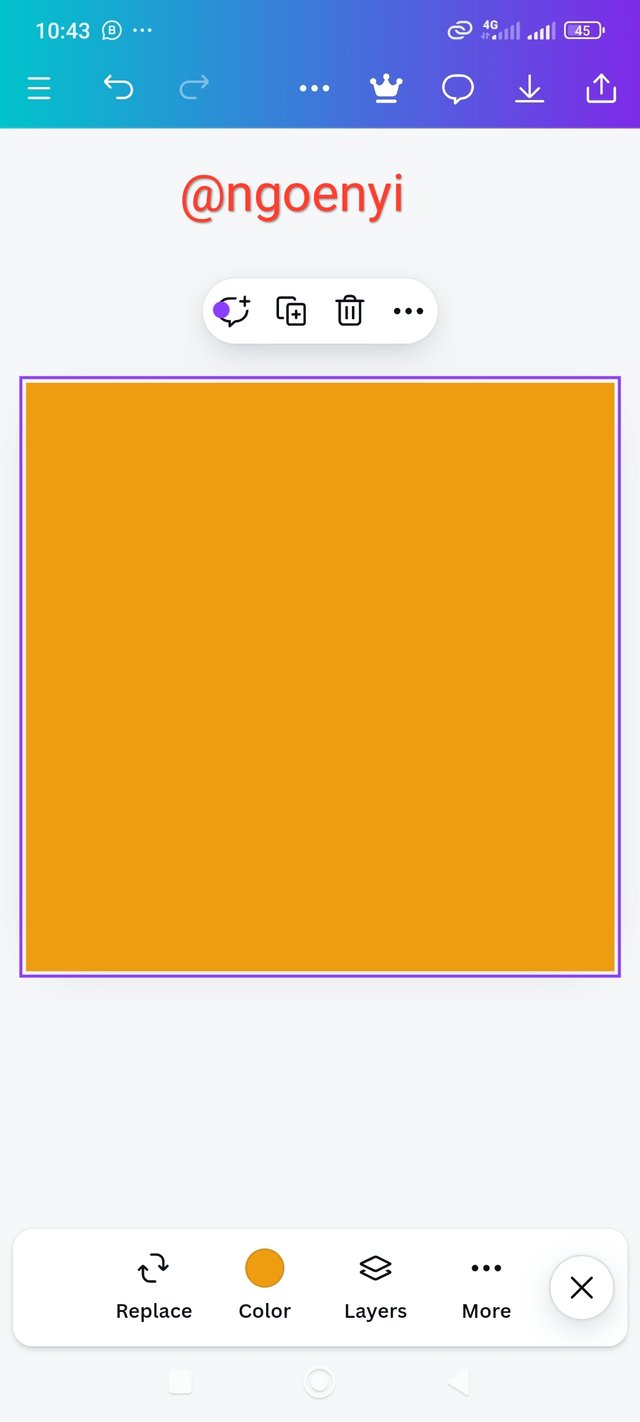 |
|---|---|
| Here, I pasted the hex code that I am seeking to reveal the colour behind it | the colour appeared as shown |
Conclusion
Thank you lhorgic for this amazing lesson. You have made it very simple for someone like me to understand. I have been able to carry out the assigned tasks
I have discussed the colour theory the way I understood it.
I have chosen two of the colour schemes, talked about it briefly and demonstrated how to combine the colours with examples as requested.
I have as well demonstrated how to find the colour Hex code of an external image using canva design app.
And I have finally been able to show how to find out the colour behind the hex codes you gave us to find.
It was a wonderful experience for me. Thank you so much. I invite @ruthjoe @inspiracion and @mile16 to take part. Success to everyone!

This is my introductory post here

Hello @ngoenyi thank you for participating in this week's lesson. We have assessed your entry and we present the result of our assessment below.
Feedback:
• You have clearly defined Colour theory the way you best understand it and I appreciate the effort you put into it even as you took your time to delve deeper in your explanation. It's quite commendable
• Your selection on colour scheme is nice. Good to see that you clearly demonstrated how much you understand the use of these schemes. You obviously got the count for the Triadic although you didn't complete the circle of making it three colour (pick) evenly spaced around the wheel, I can spot just two, i guess it was an oversight, however you did great.
• Finally, Your practical looks really nice in it presentation, looking very organized and comprehensive.In all, you did a good job. I hope you keep up with the energy level. Weldone.
Regards
@lhorgic❤️
Downvoting a post can decrease pending rewards and make it less visible. Common reasons:
Submit
Thank you so much for the review. About that triadic, it's really an oversight because I demonstrated it but uploaded the wrong image because I did several demonstrations. In any case, I appreciate. What matters toe now is that I fully understand this lesson. I am glad that I have taken part.i can't wait for the next week's topic to be rolled out
Downvoting a post can decrease pending rewards and make it less visible. Common reasons:
Submit
Hola !
Parece una tarea interesante, nada más leer sobre los colores y su importancia me hicieron recordar cosas maravillosas de como existen gracias al creador y el amor tan grande que siente por nosotros al permitirnos disfrutar de todos ellos.
Aprender a identificar los colores a través de códigos suena a algo genial .
Buena tu tarea y gracias por invitarme 🙂.
Saludos
Downvoting a post can decrease pending rewards and make it less visible. Common reasons:
Submit
Thank you for responding. In deed, Jehovah loves beauty, that is why he created colours and when properly applied in graphic designs in line with colour theories, it will be very beautiful too. I appreciate the good wishes
Downvoting a post can decrease pending rewards and make it less visible. Common reasons:
Submit
@tipu curate
Downvoting a post can decrease pending rewards and make it less visible. Common reasons:
Submit
Upvoted 👌 (Mana: 6/7) Get profit votes with @tipU :)
Downvoting a post can decrease pending rewards and make it less visible. Common reasons:
Submit
Upvoted. Thank You for sending some of your rewards to @null. It will make Steem stronger.
Downvoting a post can decrease pending rewards and make it less visible. Common reasons:
Submit
Thank you ma'am for answering all the tasks so diligently and simply with nice illustration. As well as concluded so precisely. Wish you all the best. Greetings.
Downvoting a post can decrease pending rewards and make it less visible. Common reasons:
Submit
Thank you so much. I enjoyed the learning process.
Downvoting a post can decrease pending rewards and make it less visible. Common reasons:
Submit
Your post has been rewarded by the Seven Team.
Support partner witnesses
We are the hope!
Downvoting a post can decrease pending rewards and make it less visible. Common reasons:
Submit
Downvoting a post can decrease pending rewards and make it less visible. Common reasons:
Submit